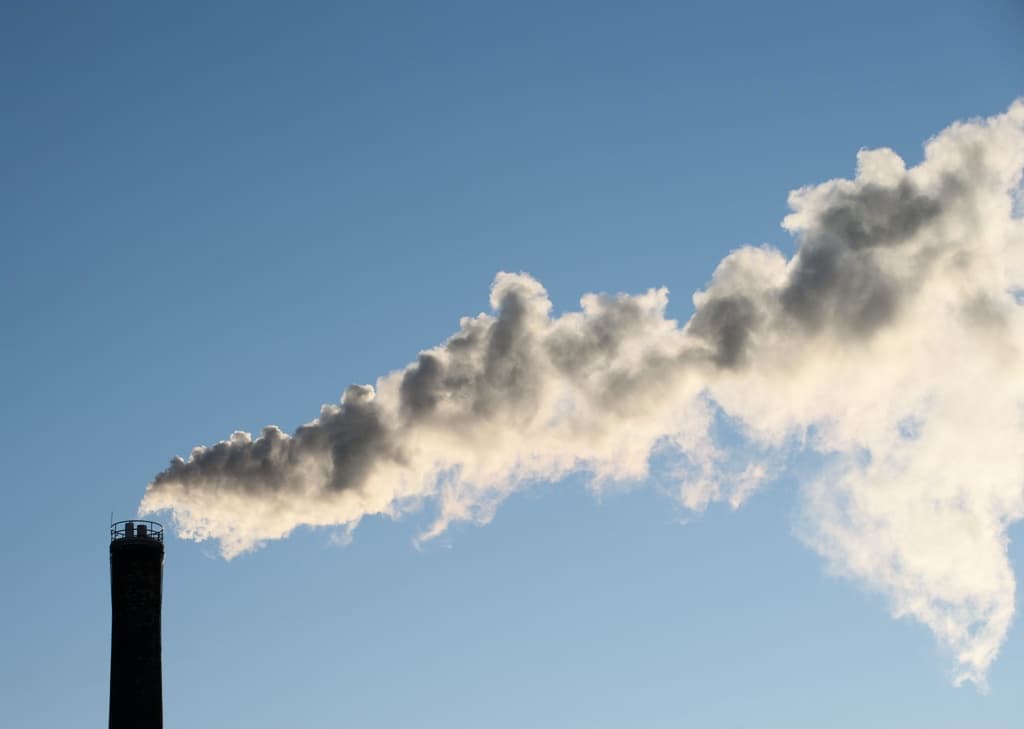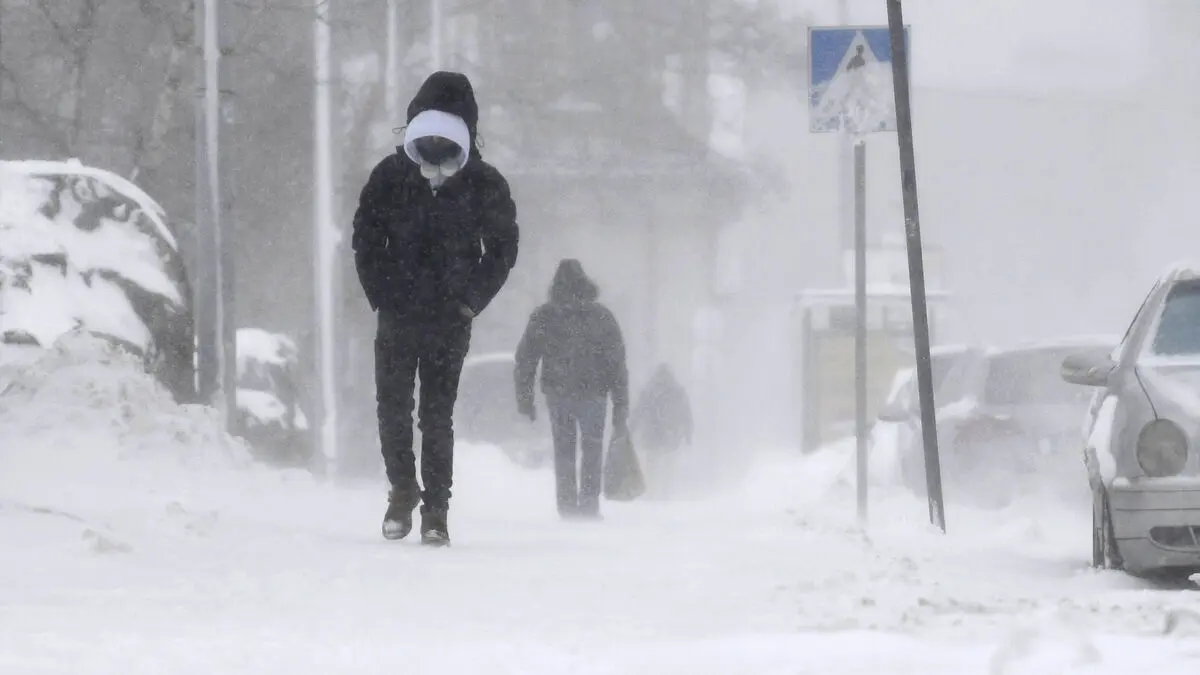Greenhouse gas emissions within Sweden's borders continue to decrease. However, the pace slowed down in 2023, compared to the previous year.
A reason is the reduced blending of biofuel in vehicle fuel, says Frida Löfström, climate analyst at the Environmental Protection Agency.
Sweden's territorial emissions last year amounted to 44.2 million tonnes of carbon dioxide equivalents, according to preliminary statistics from the Environmental Protection Agency. This corresponds to a decrease of around one million tonnes – or two per cent – compared to the previous year.
Industry accounts for around half of the decrease, mainly due to reduced production as a result of the economic downturn.
The decrease in the electricity and district heating sector was 0.3 million tonnes of carbon dioxide equivalents.
A reason is that fossil-based electricity production decreased, partly due to lower electricity prices that reduced profitability, says climate analyst Frida Löfström.
Machinery emissions increase
Emissions from machinery increased.
The main reason is that the amount of biofuel blending for diesel decreased in 2023. However, it is also due to an increased number of machinery in industry, says Löfström.
In 2022, the decrease from domestic transport and machinery contributed to the curve of Swedish emissions pointing more sharply downwards than expected. However, in 2023, the pace of emission reduction slowed down.
One of the reasons, according to the Environmental Protection Agency, is the blending of biofuel in vehicle fuel, the so-called reduction obligation – despite it being at the same level in 2022 and 2023.
Suppliers can fulfill the obligation in different ways, which explains why the use of biofuels can be lower than the requirements in a particular year. The flexibility that exists has meant that emissions have decreased less than expected for domestic transport and machinery.
Overall, however, emissions from domestic transport decreased by one per cent compared to 2022. The share of biofuels decreased in diesel but increased in petrol. This meant that emissions from lorries increased last year, despite reduced traffic.
Emissions from passenger cars, on the other hand, decreased by around two per cent. Apart from a higher share of biofuels in petrol, this can be explained by increased electrification, according to the Environmental Protection Agency.
Increased emissions
At the turn of the year, the government significantly lowered the reduction obligation for petrol and diesel.
We expect emissions to increase from domestic transport as a result. If not compensated by other factors, the pace of emission reduction may slow down further, says Löfström.
By 2045, Sweden is to have no net greenhouse gas emissions. Now, they have decreased by 38 per cent compared to 1990.





